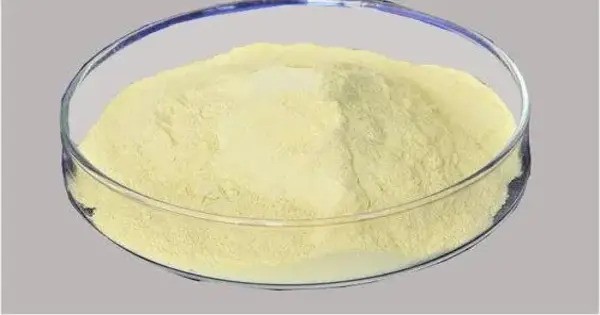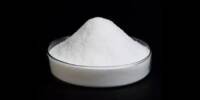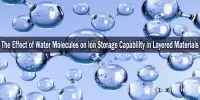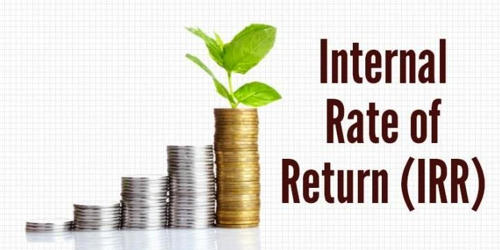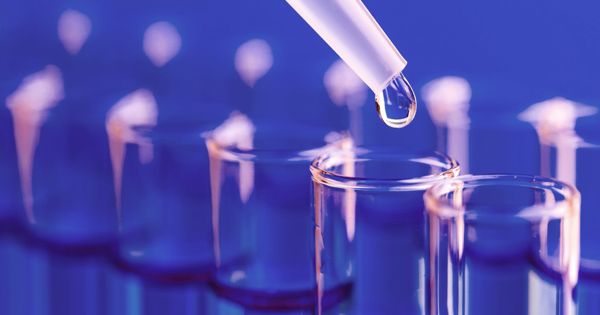Bismuth tribromide is an inorganic compound of bismuth and bromine with the chemical formula BiBr3. It is relatively stable but can react with water over time to produce bismuth oxide and hydrobromic acid. It is also known to react with strong acids and bases. It has a complex electronic structure due to the involvement of both bismuth and bromine atoms. Bismuth has a +3 oxidation state in this compound.
Bismuth tribromide typically appears as a yellowish or brownish solid. It can sometimes form a crystalline structure. It’s used in organic synthesis, particularly in reactions that involve the introduction of bromine atoms into organic molecules. It can also be used as a catalyst in some chemical processes.
Preparation
It may be formed by the reaction of bismuth oxide and hydrobromic acid.
Bi2O3 + 6 HBr ⇌ 2 BiBr3 + 3 H2O
Bismuth tribromide can also be produced by the direct oxidation of bismuth in bromine.
2 Bi + 3 Br2 → 2 BiBr3
Properties
Bismuth tribromide is typically a yellowish or orange solid. It is soluble in organic solvents like chloroform and carbon disulfide but less soluble in water. It is a Lewis acid and can form complexes with various organic molecules
- Chemical formula: BiBr3
- Molar mass: 448.692 g·mol−1
- Appearance: white to light yellow or golden deliquescent crystals
- Density: 5.72 g/cm3 at 25 °C
- Melting point: 219 °C (426 °F; 492 K)
- Boiling point: 462 °C (864 °F; 735 K)
- Solubility in water: Soluble, slow hydrolysis
- Solubility: diethyl ether, THF
- Magnetic susceptibility (χ): -147.0·10−6 cm3/mol
Applications and Occurrences
- Laboratory Synthesis: Bismuth tribromide is primarily synthesized in the laboratory rather than occurring naturally. It can be prepared by the reaction of bismuth metal or bismuth salts with bromine.
- Research and Industry: It is used in various research applications, including as a reagent in organic synthesis and in the study of bismuth compounds’ properties. Its specific uses are less common compared to other bismuth compounds.
- Natural Occurrence: Unlike some other bismuth compounds, bismuth tribromide does not occur naturally. Instead, it is prepared from its constituent elements in controlled settings.
